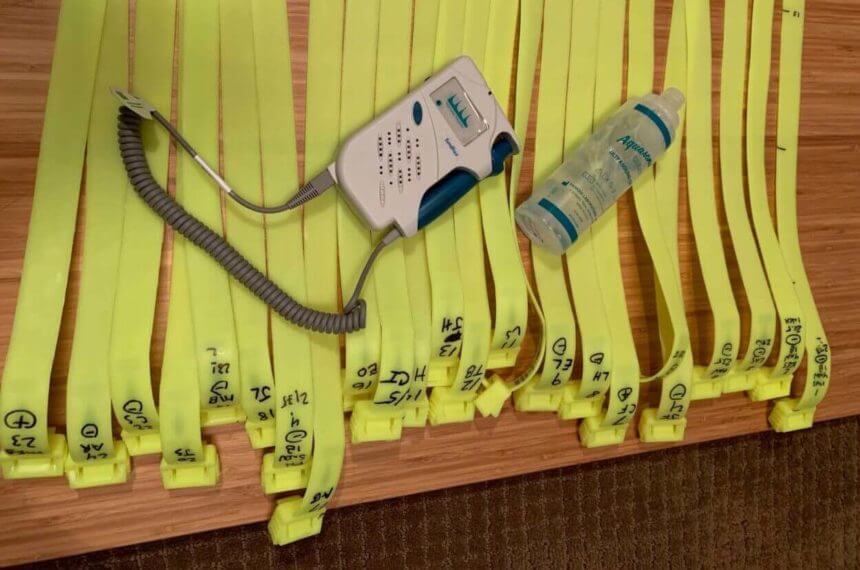Combat Gauze has been extensively used on humans and research animals, most of which were porcine models. Despite its recommendation for use in K9 TCCC / K9 TECC, there is very little published experience on its application in actual canines. …
UPDATE 2024: Since our original STAT “tourniquet” experience showing it was an ineffective device for hemorrhage control, there have been two peer-reviewed, published studies finding similar results. Most recently, 84 volunteers with no prior tourniquet training applied either a STAT …
Advertising to educate the public in basic first aid techniques Cards like these were included in packs of cigarettes made by the Imperial Tobacco Company. Often referred to as ‘Wills cards’ as they were issued by WD and MO Wills, …
High-pressure water jet units deliver large volumes of water at very high pounds per square inch. Entry wounds can be small, but internal tissue damage extensive, similar to military rifles. BLUF: If the water jet is a bit further from …
Hydrofluoric acid is frequently used in the petroleum and semiconductor industry. When it comes in contact with skin, the acid burns and penetrates deeply. Fluoride in the acid binds to calcium in the body, leaching it out of bone. This …
Chloropicrin (NATO code PS) was first used as a chemical warfare agent by Russia in 1916 during WWI. It’s relevant again today. BLUF: On a spectrum of severe effects, chloropicrin toxicity falls between chlorine and phosgene but also has GI …






